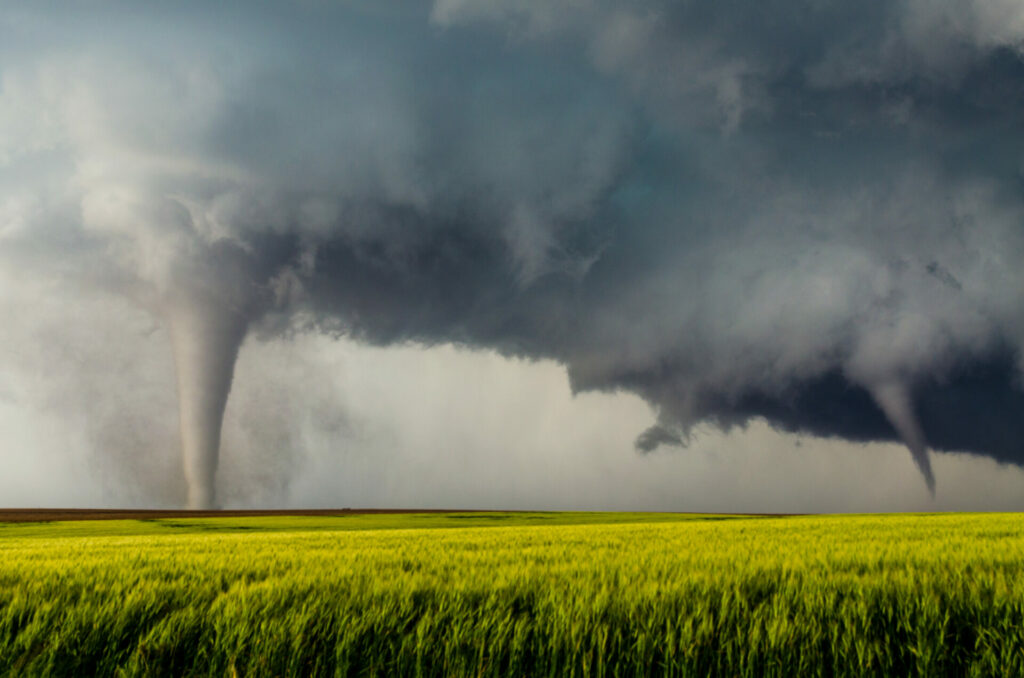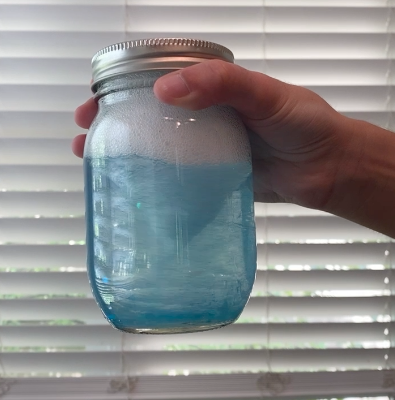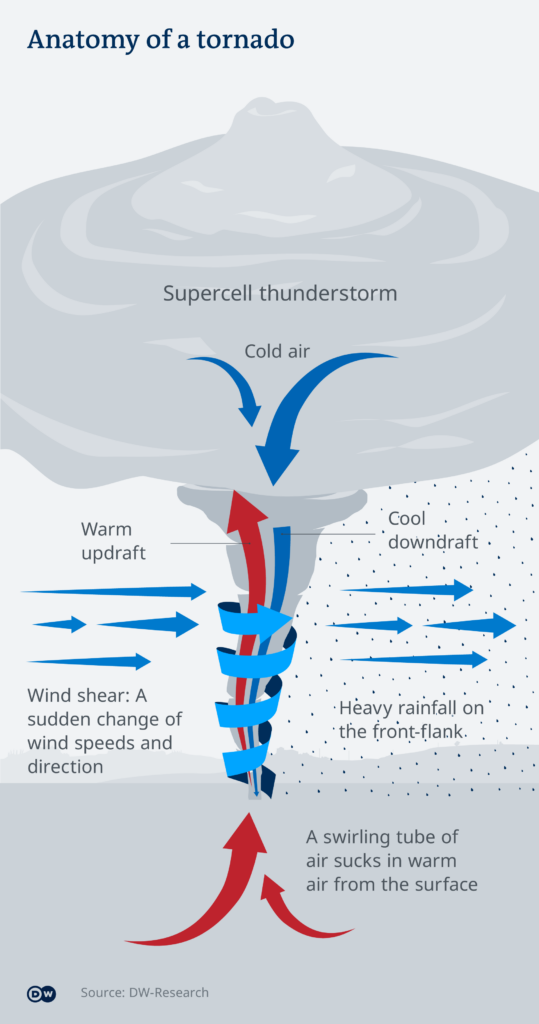The “Curious Minds Inquire” Series is in partnership with Discovery Place Science. If you’re looking for additional fun at-home activities, check out our other “Curious Minds Inquire” posts on this blog or pdf downloads at this location.
Stormy Weather: DIY Tornado in a Jar
Tornadoes are one of the most interesting weather phenomena meteorologists study, but also one of the most dangerous. A tornado is a violently twisting column of air that touches the ground and often causes damage. As the air warms throughout the spring months, there
is a greater possibility of tornadoes forming. Follow these directions, and make your own tornado in a jar. Share your tornado on social media and tag @discoveryplacescience and @NCScienceTrail.

AGE RANGE: Elementary/Middle School
PREP TIME: 5-10 minutes
LEARNING TIME: 15 minutes
Materials:
Mason jar with lid
Water
Loose glitter (any color)
Measuring teaspoon
One teaspoon liquid dish soap
One teaspoon white vinegar

Directions:
- Pour water into your jar until it’s roughly two-
thirds full. - Add glitter, one teaspoon of liquid dish soap and
one teaspoon of white vinegar. - Put the lid tightly on the jar. Shake the jar and
give it a twist so the liquid inside starts spinning. - Watch how the liquid dish soap and white vine-gar create the swirling, destructive vortex! The glitter represents the debris that the tornado picks up when its vortex (the bottom point of the tornado) hits the ground.

How does a tornado form?
Active tornado days often occur along a very strong cold front, when warm, humid air is clashing into drier, colder air. This creates a battleground in the sky with a lot of lift or instability in the atmosphere.
Tornadoes also need wind shear – change in wind speed or direction with height. Wind shear and instability (humidity) help the thunderstorm grow tall, towering over cumulonimbus clouds. These ingredients cause the winds to begin swirling. The spin begins horizontally within the thunderstorm cloud, but warm air rising creates instability so that the horizontally rotating air becomes a vertical spinning column. When this vertical spin touches the ground, a tornado has formed and anything in its path is in danger.

Did you know?
Tornado strength is determined by examining the damage it leaves behind using the Enhanced Fujita Scale. The scale labels the tornado 0 through 5 in the order of its wind speed and damage.